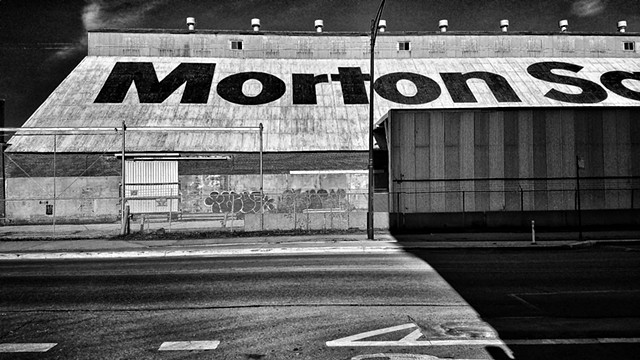In my photographs, I look for opportunities to transform the ordinary, into the extra-ordinary. My images are scenes taken from everyday life on walks and commutes in Chicago. I maintain awareness of my surroundings and the light—it’s constantly in flux. I look for dramatic light, and remarkable patterns of light and shadow. When I see interesting light, or something unusual, I make a photograph—the actual subject or scene is less important than the light.
Films and movies are a huge influence on me. I learn from watching them. Sometimes I become so engrossed in the lighting of the movie, or the camera angles, that I lose track of the dialogue and the plot. I enjoy taking pictures at night, or in bad or unusual weather. I pay attention to cloud formations, shadow patterns, sunrises and sunsets, the light at dusk or dawn, reflections and reflected light, the artificial light of the city at night, and how light changes through the seasons.
I think of the space in my pictures in terms of traditional landscape —my images usually include a foreground, middle ground, and background. I enjoy unusual points of view and camera angles, and I’m always thinking about the edges—what to include, and what to leave out. I think of color a to the image, it stays. But if color distracts from the light and shadow pattern, or if it interrupts the enjoyment of shapes or structures, then I make it black and white, or monochromatic. I make my compositional, design, and editing choices in order to bring out the mood I want in the image—to enhance contrast or color, for
example—but I think the greatest strength in my images comes from my initial attention to details of light and point-of-view during image capture. Extra-ordinary images result from extra-ordinary light.
